Exclusion Zone is a project I developed as part of my final year project at Bournemouth University.
This was mostly a solo development project, with weekly meetings
with my university supervisors throughout the pre-production and production stages.
For my final year study, I wanted to explore techniques used in games to create an immersive horror atmosphere using
sound, level design and game systems.
I developed a Game Design Document (GDD) in conjunction with a dissertation paper.
This dissertation incorporated a mix of academic and professional research, sourced from a variety of books, papers, and blog posts.
Through an in-depth analysis of over 30 research sources,
I identified key elements that greatly contributed to the creation of my immersive horror atmosphere.
Exclusion Zone
| Project Type: | University Final Year Project |
| Primary Role: | Sole Designer/Developer |
| Software used: | Unreal Engine 4, Github, Figma/Miro, Photoshop |
| Language Used: | Blueprints |
| Dissertation: |
-
-
The game is a first-person atmospheric horror game. It was designed from the ground-up to be an environment design project, however it later on turned to become a short playable level.
During my planning and mockup stage, I've used various tools such as Figma, Trello and Photoshop to plan out what I wanted to create.
Trello was used frequently to manage the development of the project and help me manage tasks, bugs and fixes that needed to be done - both pre-production and during production.
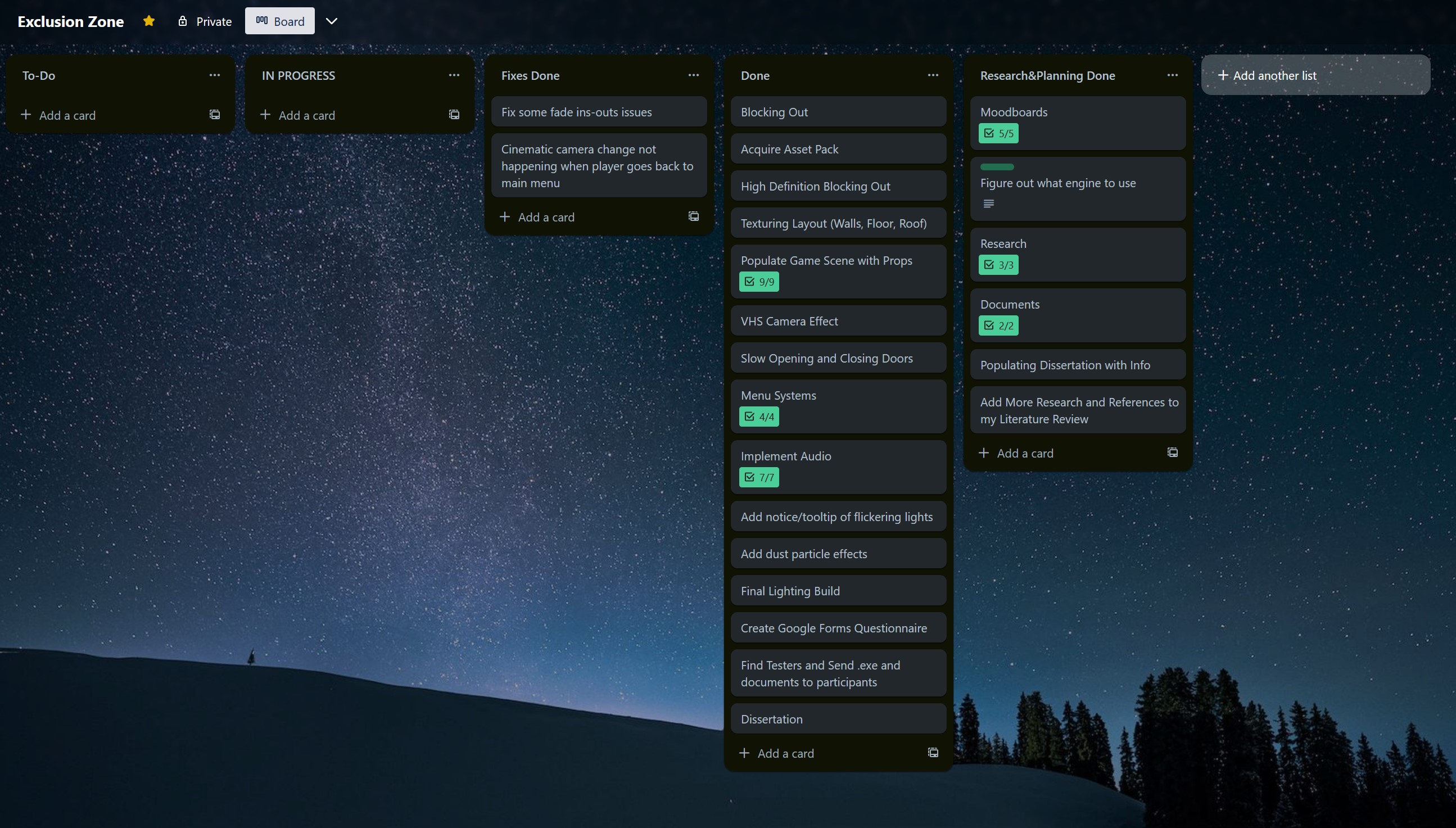
Photoshop and Figma were used alongside to sketch, and dot down all the important information about the project and brainstorm key ideas about the games systems and design.
Due to the time restraints of this project, I've decided to use an asset pack from the Unreal Engine Marketplace to speed up the development process.
-
I first began by designing a quick top down mock-up of the level. The design went through various iterations and it was settled on the one that fit the asset pack I was using. Since this was an atmospheric environment project, it was crucial to employ various level design techniques such as long hallways, lack of lighting in certain areas, etc for this type of game.
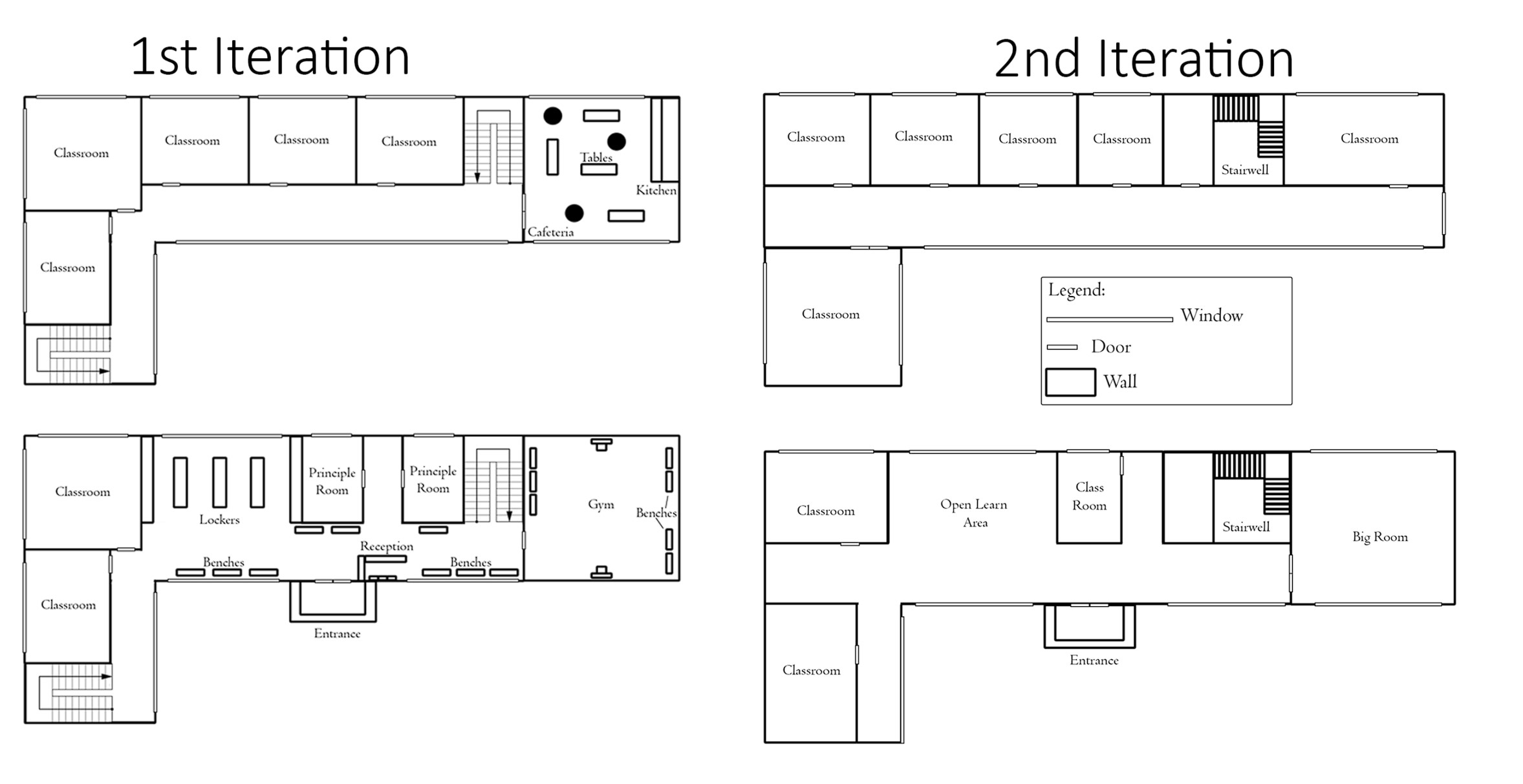
-
Blocking out stage
The development began with a whitebox level in Unreal Engine. The purpose of this whitebox was to create the general layout and get a feel of the environment before I fully commited into the development.
Once the general shape of the whitebox was created, I started developing a more thorough and detailed version of the level.
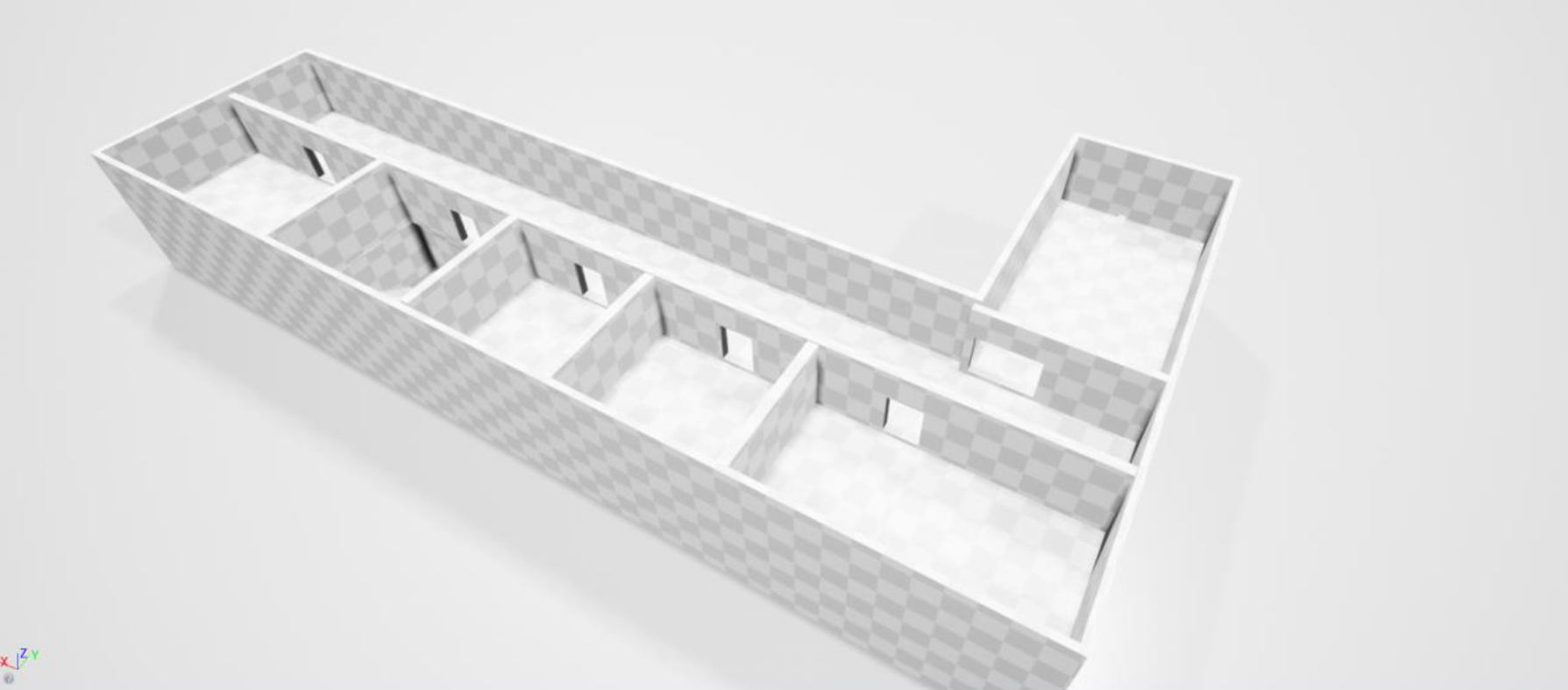
VHS Effect
This VHS effect was made to mimic old film tapes you'd see in 20th-century films. The environment was set in the post-Chornobyl explosion event, evident by various landmarks and hints about it in the environment.
I achieved this by setting up a post-processing material and applying it to the player camera. The material had various variables that can be changed on the go, such as the frequency of the static in the lower part of the screen. Things like changing the saturation, brightness etc was also possible, which made setting up the tone and mood of the environment much easier.
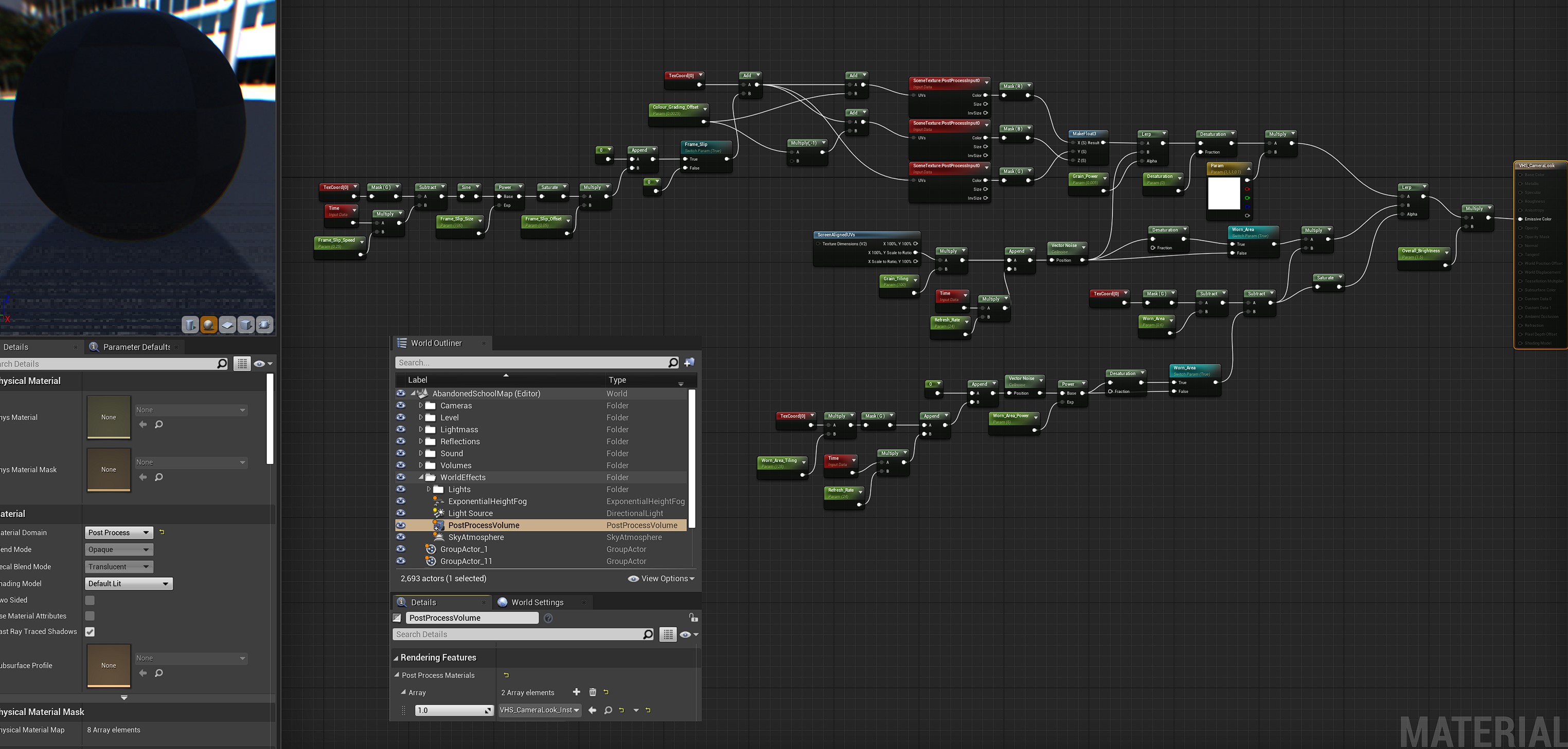
Flashlight
A flashlight, although simple, was the most crucial part to add for the player. It was the only source of light that the player has full control of, and adding slight dimness and a small light radius helped build that scary tone I wanted to create. Additionally, camera lag was implemented in both the player camera itself and the flashlight, which added smooth, realistic camera movement.
Lighting
Due to the moon's natural lighting intensity being too dark for the scene after the light has been baked. The solution to creating good lighting for the scene was to create artificial lights around the windows that are facing the moon. This made the environment more realistic and immersive which contributed to the overall experience.
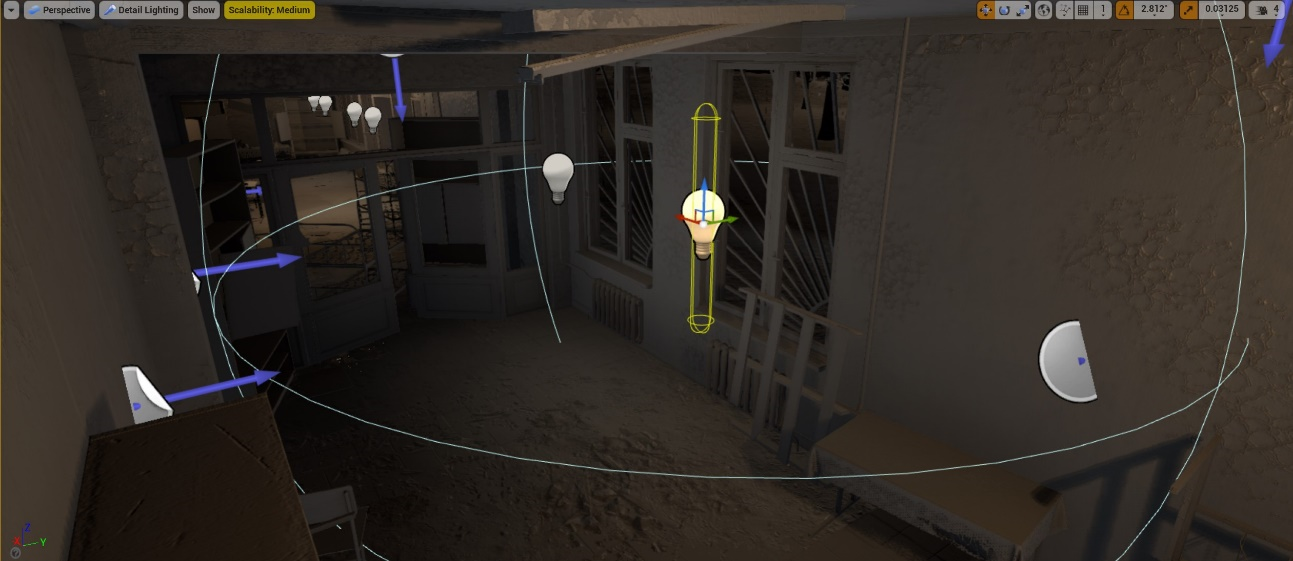
Main Menu
Although this is not really gameplay related, however, upon launching the game, you can see different perspectives of the level when you are in the main menu. This element was created to give a slight introduction to the game and try to immerse the player before they set foot into the environment.
-
Evaluation
For this project, I performed a user study utilising an online questionnaire to collect and assess participants' data. The study was aimed to collect user experience and feelings during and after they have played a demo version of the game.
The study was performed using Google Forms and a total of 10 individuals participated in the study. I used qualitative data coding to categorise their responses to find any relevant themes and patterns - which I then used to analyse and give a verdict on whether the project achieved its goal of creating an immersive horror atmosphere.
Results
Overall the participant feedback was mostly positive, with many participants expressing their enjoyment. Many responses were mentioning good use of lighting and graphic quality and how it enhanced their experience. And the vast majority complimented the particular use of different sound effects and ambient noise.
On the other hand, some people expressed the lack of accessibility and compatibility with games using foreign keyboards and the inability of changing screen options such as the VHS effects.
Feedforward
The feedback provided great insight into the things that the game was lacking, in the future it is important to accommodate players with different nationality keyboards, give more options and settings to work with and tailor more towards the user experience and satisfaction.
If you would like to read more about this project or its results I have attached a .pdf file of my dissertation document:
-
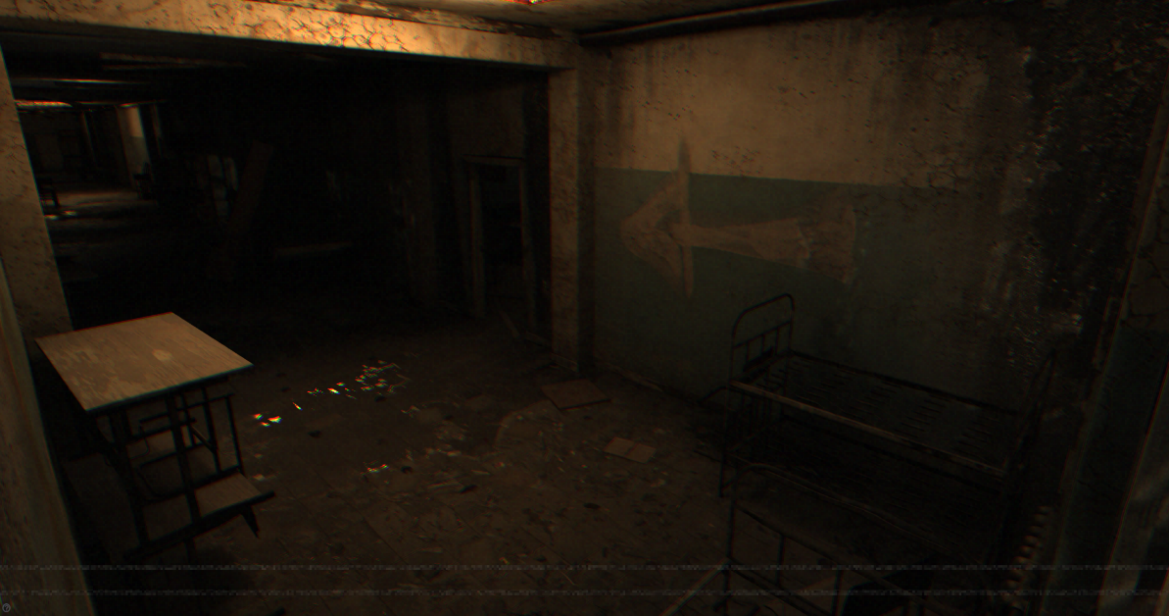
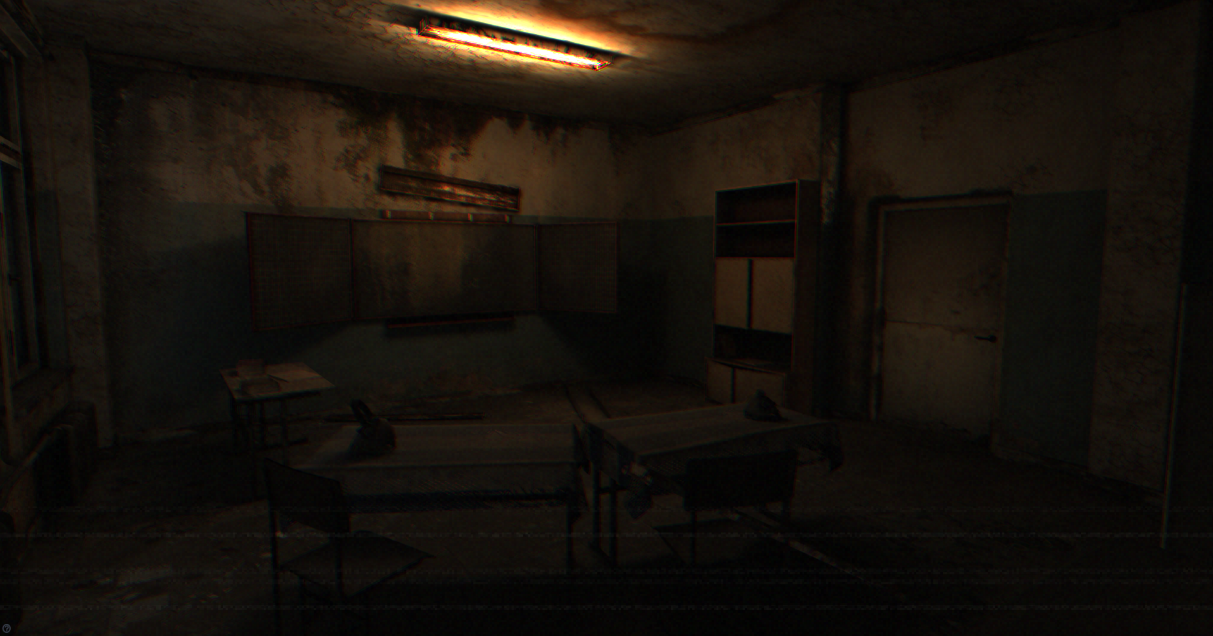
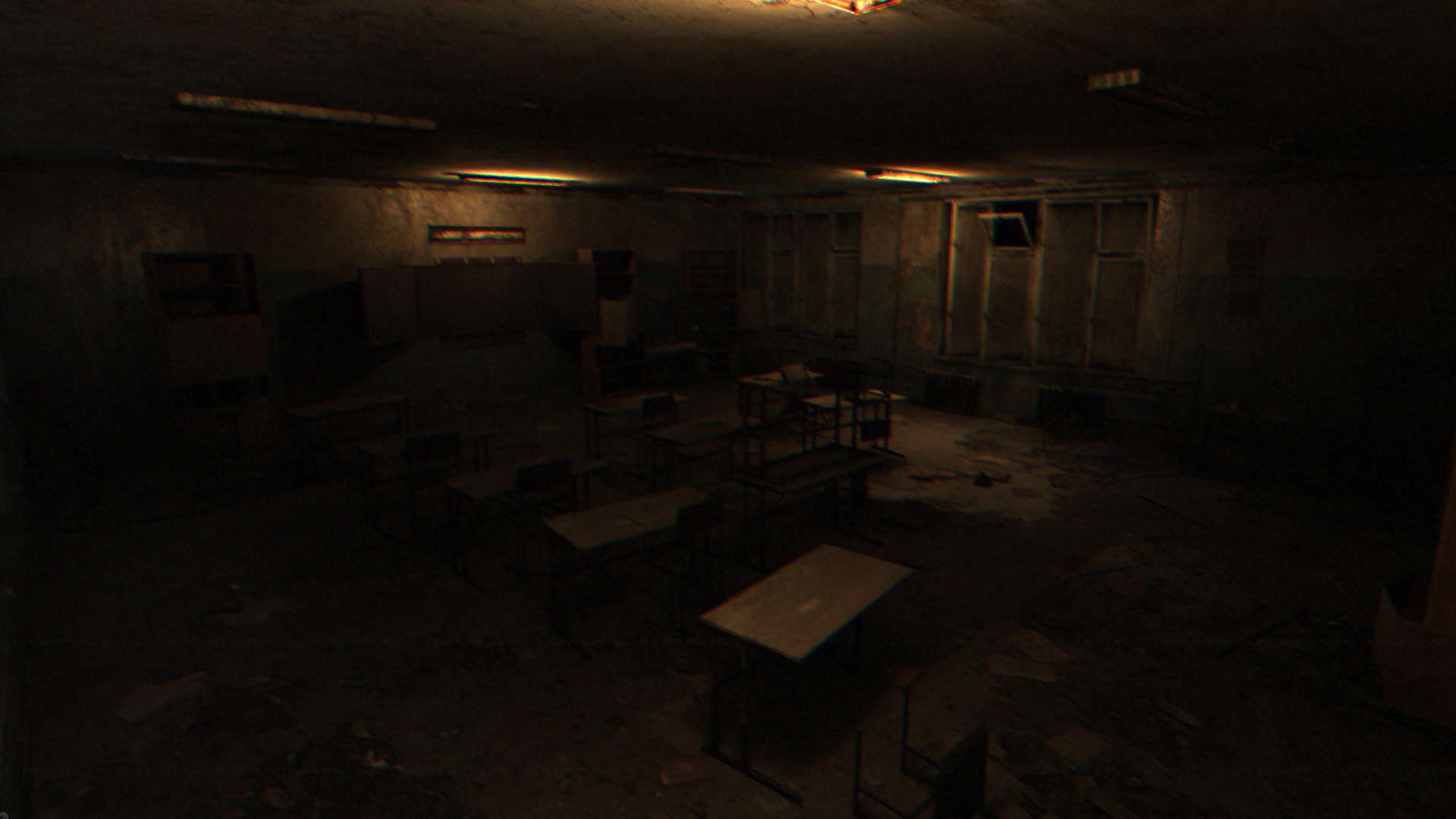
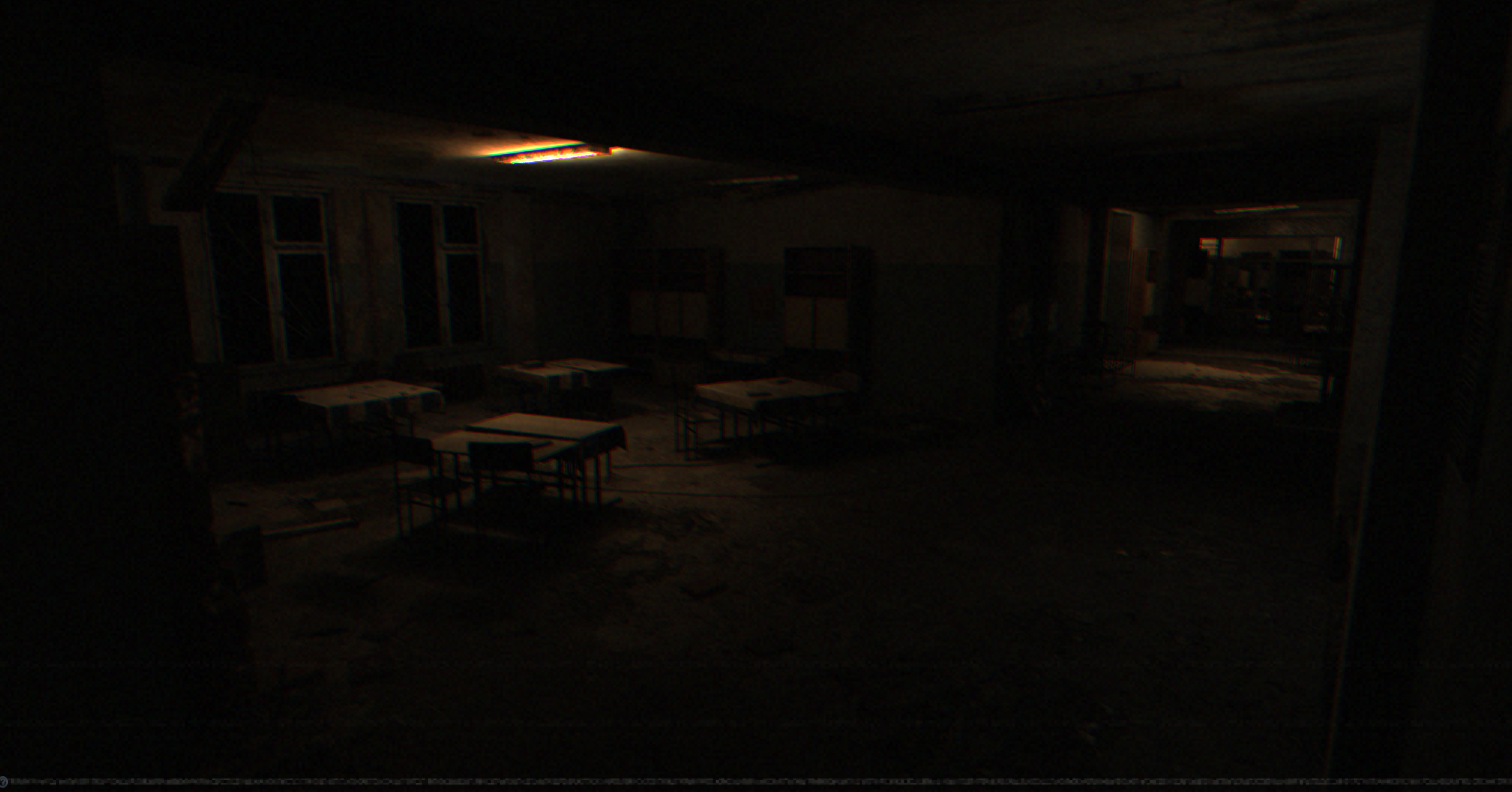
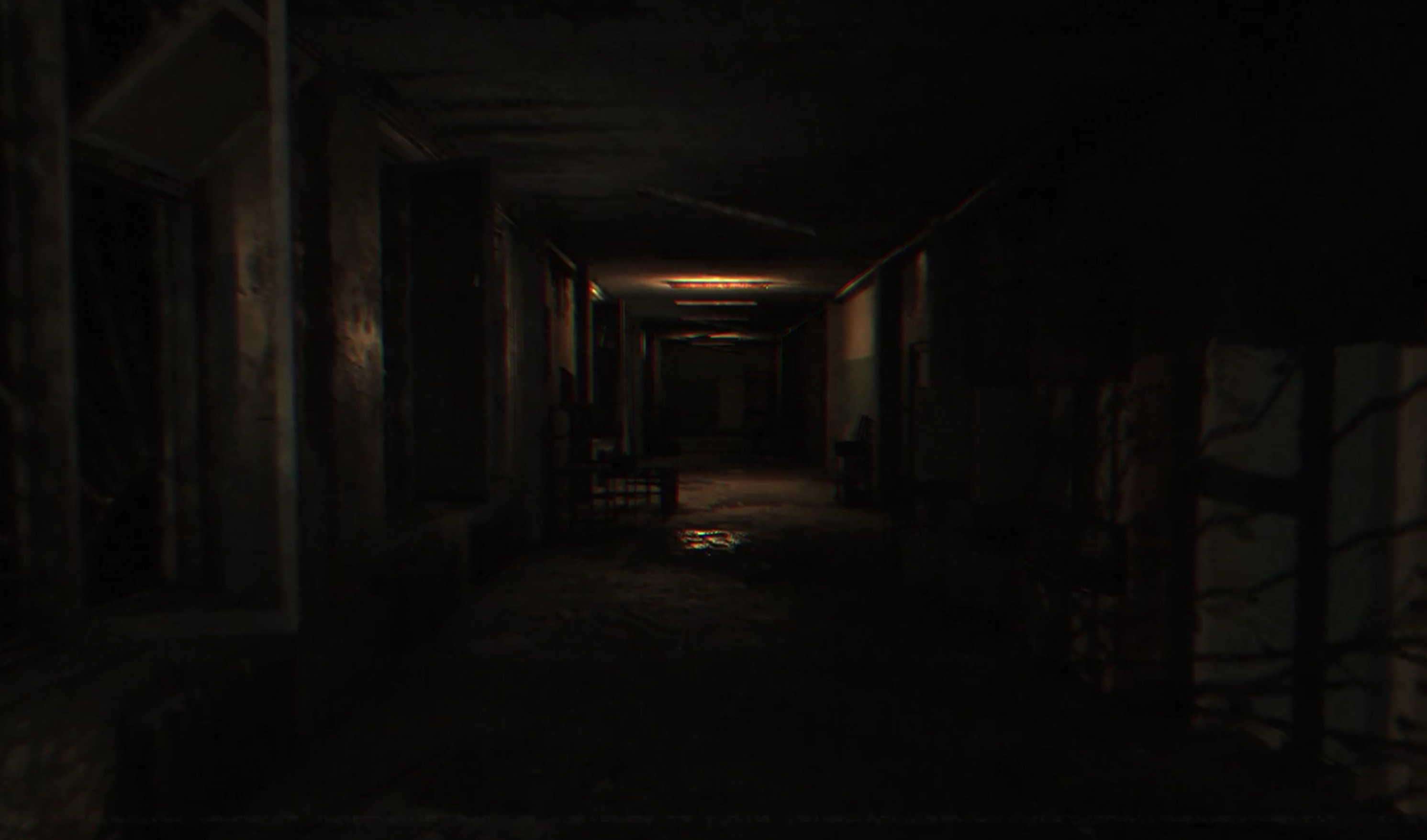
-